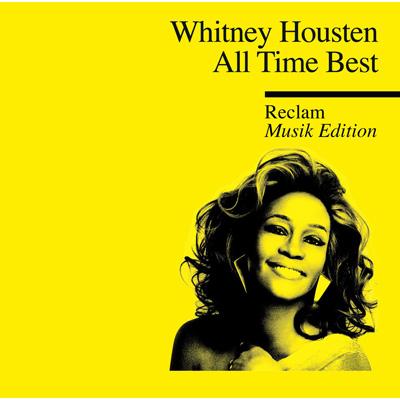

we were fortunate enough to make incomparably the biggest and most important find of classical pieces that we have ever made.” Some of the texts in this find are well known from medieval copies. And that is what they found in the afternoon of January 13.Įven a quick look at the fragments revealed the potential value of the papyri in this find, and Grenfell excitedly wrote a friend a few days later: “On Jan. Most of the papyri that have been found in Egypt have turned out to be documents that, when studied, provide invaluable and fascinating details on ancient daily life but what Grenfell and Hunt were seeking was potentially more precious still: remains of ancient works of literature. Most survived as small fragments, containing just a few letters or lines of text some preserved several columns of writing and a few still contained the equivalent of several pages of continuous text. They were trash, after all, and some of them may have been thrown out because they were damaged or torn. The bits of papyrus had been preserved by the ultra-dry sands of Egypt, but they were not in good shape. This was not the first time Grenfell and Hunt had searched for papyrus in Egypt-they had begun exploring various sites in 1897-but the discoveries they made at Oxyrhynchus in the winter of 1905–1906 produced astonishingly rich assortments of materials. The workers searched carefully through the ancient dump, looking for pieces of papyrus, the ancient equivalent of paper when they found bits of papyrus, they put them in baskets, and Hunt then sorted through the fragments and organized them for future study. Grenfell directed the Egyptian workers, who were divided into teams of four to seven men. The mounds were the remains of the ancient town dump, vast piles of trash thrown out by the inhabitants of the town over a period of six hundred years or more. In today’s post, Houston relates the literary discoveries made by a twentieth-century archaeological team excavating a third-century dump in Egypt.Īmid lengthening shadows late in the afternoon of January 13, 1906, two young British scholars, who with their teams of workers were excavating ancient dusty mounds in Egypt, made a startling discovery. The scholars were Bernard Grenfell and Arthur Hunt, both of Queen’s College, Oxford. The site was the ancient town of Oxyrhynchus (the modern Bahnasa), about a hundred miles south of Cairo and west of the Nile. In this engaging and meticulously researched study, Houston examines a dozen specific book collections of Roman date in the first comprehensive attempt to answer these questions.

Until now there has been relatively little research to discover what was inside these libraries, how the collections came into being and evolved, and who selected and maintained the holdings. Even in antiquity, the library at Alexandria was nearly legendary. Libraries of the ancient world have long held a place in the public imagination.

Houston, author of Inside Roman Libraries: Book Collections and Their Management in Antiquity. We welcome to the blog today a guest post by George W.


 0 kommentar(er)
0 kommentar(er)
